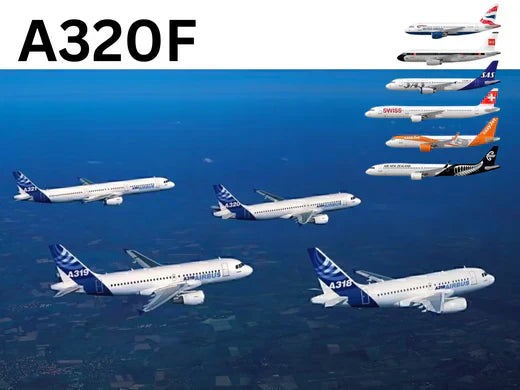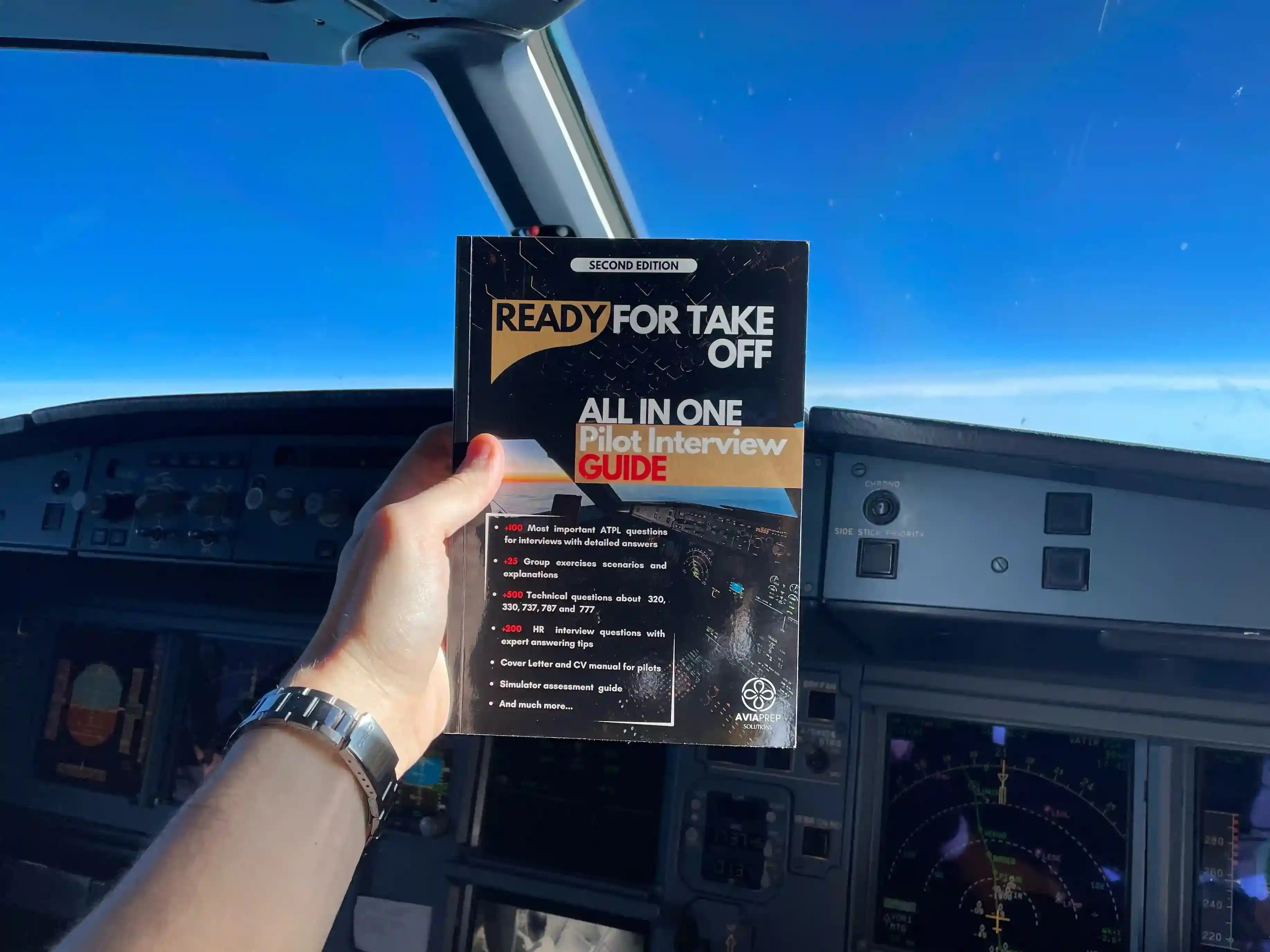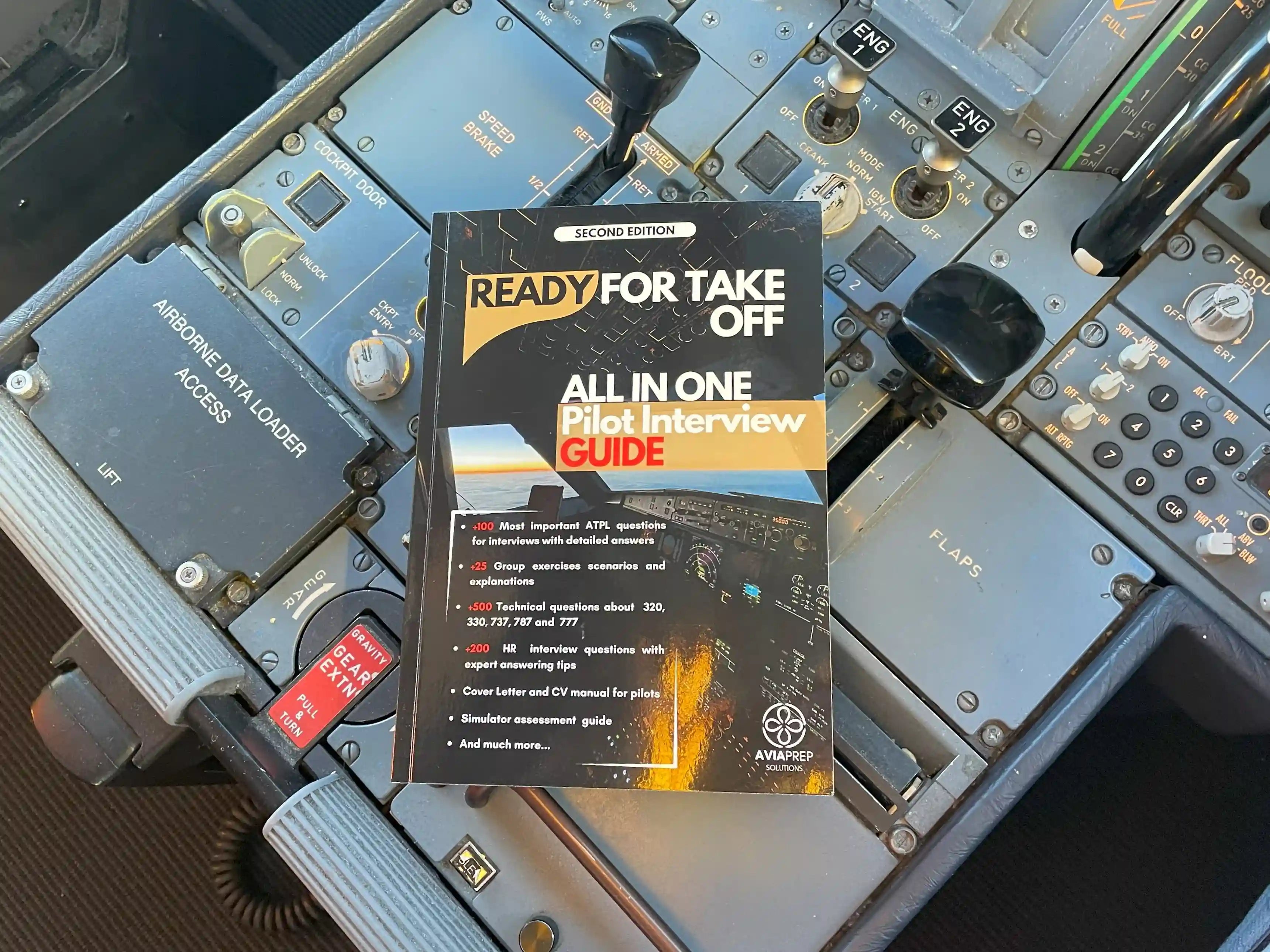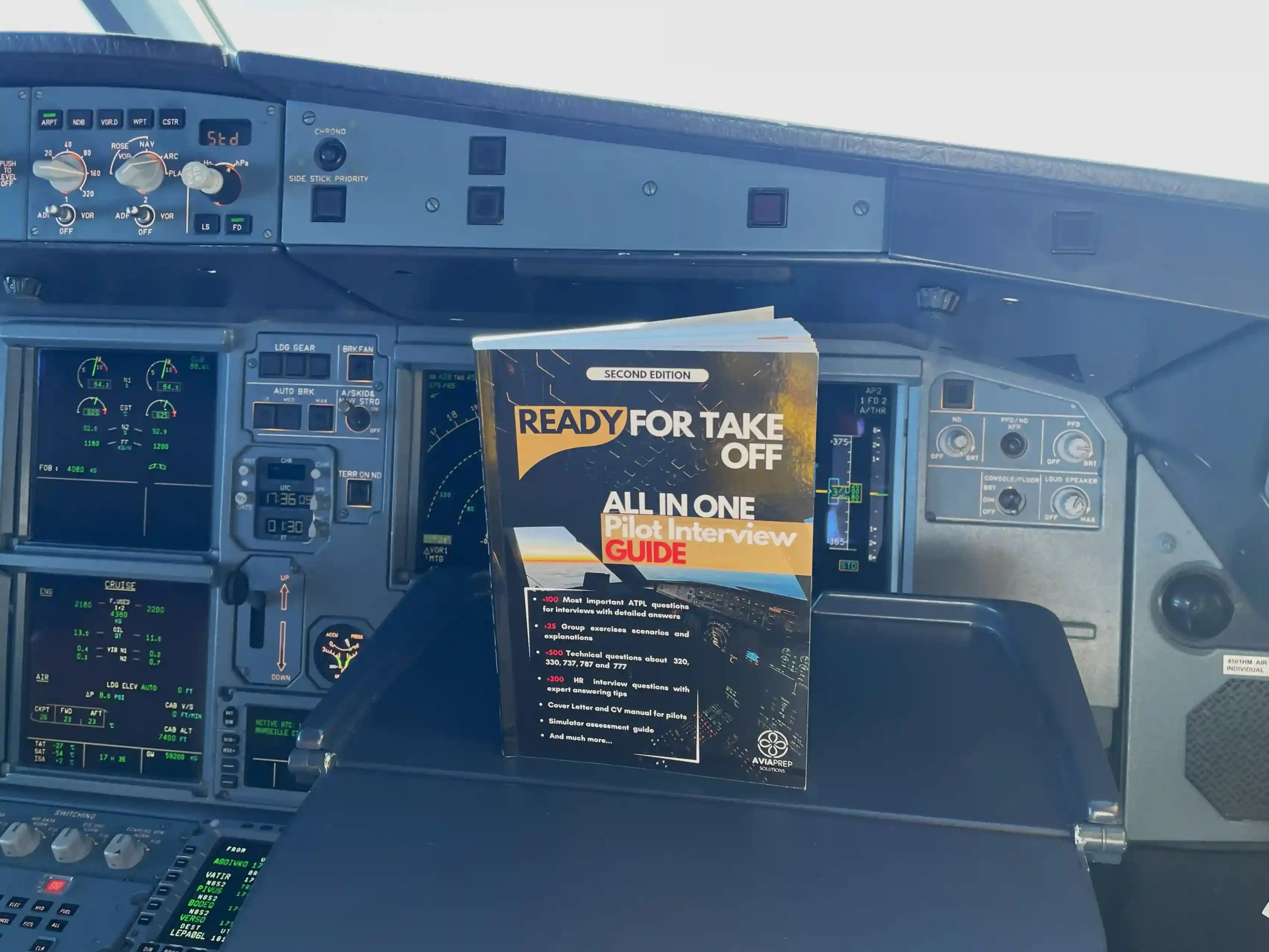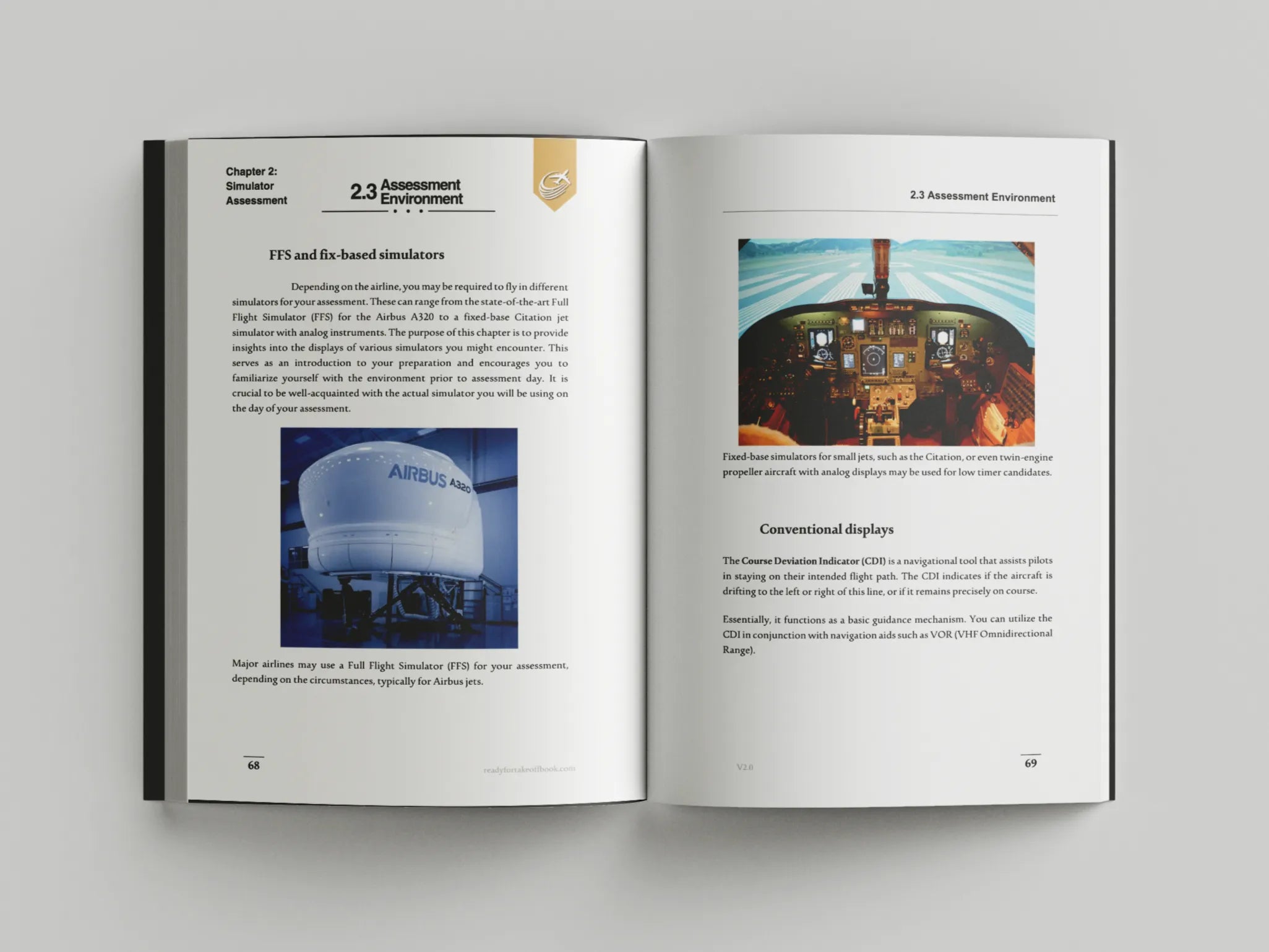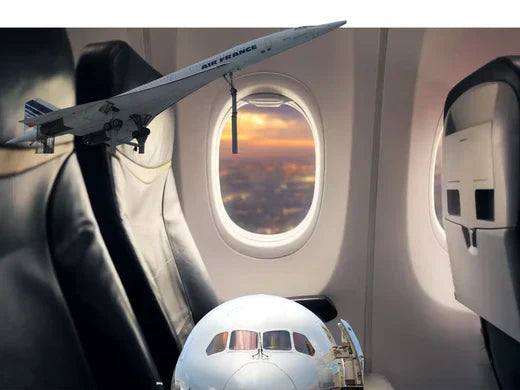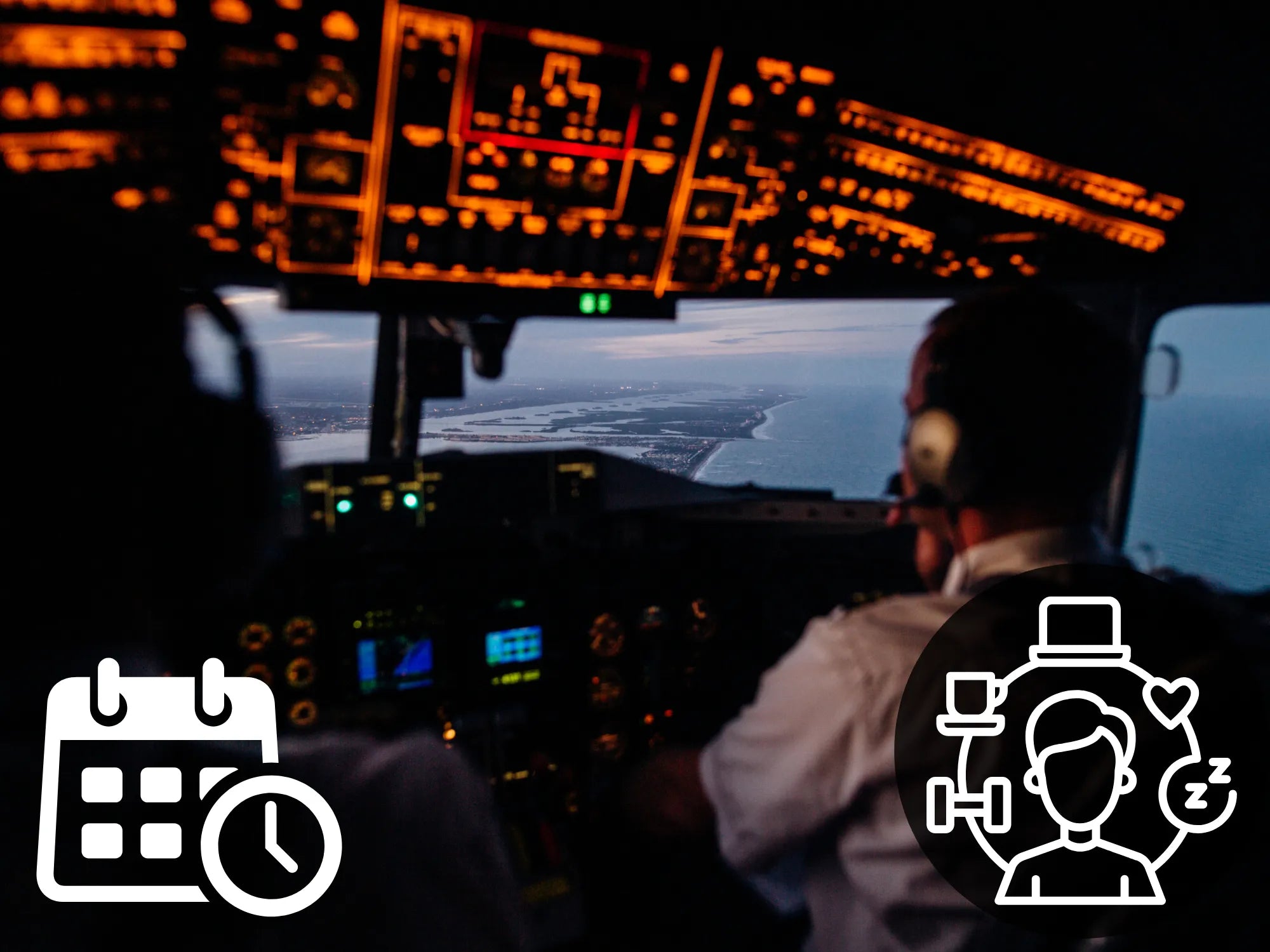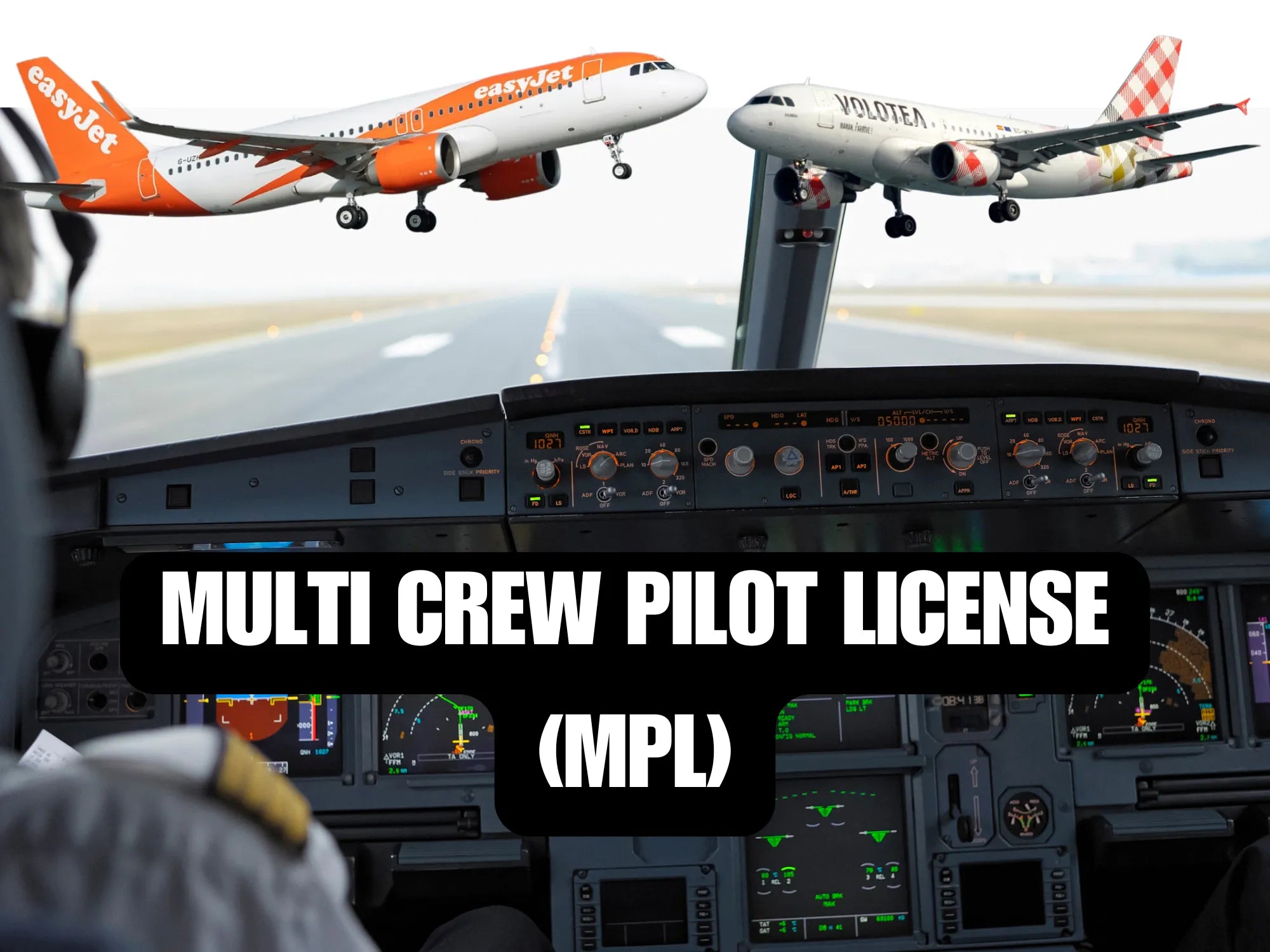Introduction
The Airbus A320 family is one of the most successful series of single aisle, narrow body, twin engine aircraft in commercial aviation. They are built for short to medium haul flights with revolutionary fly-by-wire technology, extraordinary fuel efficiency and passenger comfort.
In 1988, Airbus, the European Multinational Aerospace Company, launched the A320 Program. Till 2024, the A320 Family have received 18,912 orders from 300+ operators including 10,806 for the Airbus A320neo. Currently, 11,659 units are delivered and 7,253 are in backlog, that makes the A320 family a popular option for airlines worldwide. From low-cost carriers to full-service carriers, the A320 is considered as one of the most successful aircraft series in the history of commercial aviation. The A320 Family is on track to meet the monthly manufacturing number of 75 aircraft by 2027.
History of the Airbus A320 Family
Development
The Airbus A320 program was officially launched on March 2, 1984, with only 96 orders from Air France. After analyzing the rising need for a narrow-body aircraft in the market and to compete with the Boeing 737 and McDonnell Douglas DC-9. The project began in the late 1970s, with an idea of developing an aircraft that is more fuel-efficient, technologically advanced and with the objective to redefine commercial aviation standards.
First Flight
The A320 performed its maiden flight on February 22, 1987 and Air France started commercial operation in April 1988. The A320 was an historic accomplishment in the commercial airliners field as this was the first aircraft to incorporate fly-by-wire technology, which replaced the old manual flight controls with electronic ones.
A318
The A318 is the smallest aircraft in the whole A320 Family with a maximum seating capacity of 132 passengers. It was suitable for short to medium-haul flights and on smaller airports. Unluckily, it did not gain much popularity and only 80 units of A318 were built by Airbus.
Performance
The A318 can cruise at a speed of Mach 0.82 with a service ceiling of 12,500 meters (41,000 ft). The design of this aircraft enables for making efficient operations on smaller routes while yet allowing for longer flights, including transatlantic service from airports with steep approach, such as London City Airport.
Unique Features
-
Steep Approach: The A318 was approved for steep approach operations, that allows the A318 to land on short runways with difficult approaches.
-
Common Type Rating: Pilots need a single type rating to operate all variations of the A320 family.
Market Presence
Since its introduction in July 2003 with Frontier Airlines, the A318 has received fewer orders than other members of the A320 family, with around 80 units produced. Major operators were Air France and Avianca. However, it has been mainly replaced on the market by newer versions like as the Airbus A220. The ACJ318 Elite is a variant of the A318 for business purpose, with luxurious amenities and a high-end configuration that can accommodate up to 19 passengers.
Why did the Airbus A318 sell fewer units compared to other A320 family models?
The A318 was introduced in the market just before the 9/11 attack. The downturn in the aviation industry made it difficult for Airbus to attract buyers for the Airbus A318. Moreover, the A318 had higher operating costs per seat per mile as compared to its larger variants A319 and A320. It was also in categories similar to larger aircraft for landing fees and operational costs; that reduced its desirability as a regional jet option.
Further, the initial variants of A318 used engines from Pratt & Whitney that were burning more fuel than anticipated. This fuel inefficiency impacted the aircraft's competitiveness, as airlines were seeking fuel efficient aircraft for their flights. Then the introduction of Airbus A220 solved this problem with better fuel efficiency, range, and passenger capacity. As a result, airlines began to choose the A220 over the A318, further lowering demand for the aircraft.
Airbus A319
The Airbus A319 is a narrow-body, short to medium range, twin-engines aircraft with a seating capacity of 160 passengers. It’s an ideal choice for both domestic and regional flights.
General Overview
-
First Flight: August 25, 1995.
-
Service Entry: April 1996 with Swissair.
-
Capacity: Seating capacity between 124 to 160 passengers.
-
Max Range: 3,700 nautical miles (6,900 km / 4,300 miles).
Performance
The A319 can cruise at Mach 0.78 (about 828 km/h or 515 mph) and has a maximum takeoff weight of 75.5 tons (166,000 pounds). It is powered by CFM56 or IAE V2500 engines, which provides thrust ranging from 22,000 to 27,000 pounds.
Design
The A319 has a low wing design and underwing twin engine configuration. It has a common type rating with the other A320 family variants, allowing pilots qualified on one model to fly the whole family series without additional training.
-
Single-class configuration: May accommodate up to 156 passengers in a high-density arrangement.
-
Two-Class Configuration: With approximately 124 seats, and mix of first-class and economy.
Variants
The A319 family has a few variants for different operating needs:
-
A319neo: New engines and enhanced aerodynamics for increased fuel economy.
-
A319LR: Designed for long-distance flights.
-
A319CJ: A business jet variant with luxurious amenities.
Major airlines, including American Airlines, Delta Air Lines, and easyJet, use the A319 extensively. The aircraft has gained a good reputation, with superb safety record with no tragic incidents up to date.
A320
The most famous aircraft in the whole family with a seating capacity of 180 passengers, it provides perfect balance between capacity, range, and operational efficiency. It was introduced in 1984 and had its first flight on February 22, 1987.
Design and Performance
|
Specification |
Detail |
|---|---|
|
Length |
123'3" (37.57 m) |
|
Wingspan |
117'5" (35.8 m) |
|
Height |
38'7" (11.76 m) |
|
Cabin Width |
3.70 m (12 ft 2 in) |
|
Empty Weight |
82,100 lb (37,200 kg) |
|
Maximum Takeoff Weight (MTOW) |
Up to 77,000 kg (169,755 lb) |
|
Engines |
Two CFM International CFM56-5 or IAE V2500 engines |
|
Fuel Capacity |
23,860 liters |
|
Cruising Speed |
Maximum: 903 km/h (487 kt) at 28,000 ft; Economical: 840 km/h (454 kt) at 37,000 ft |
|
Range |
Up to 5,750 km (3,100 nm) with 150 passengers |
|
Service Ceiling |
39,100 ft (11,918 m) |
Technology and Features
-
Fly-by-Wire System: First commercial airliner to use this technology, enhancing safety and efficiency.
-
Electronic Centralized Aircraft Monitor (ECAM): Provides real-time information on aircraft systems.
-
Sharklets: Wingtips design that improve fuel efficiency by up to 3%.
Variants
|
Variant |
Introduction |
Features |
|---|---|---|
|
A320-1XX |
Early variant |
Limited production due to its early release. |
|
A320-2XX |
Popular variant |
Highly adaptable and widely accepted for various operational needs. |
|
A320neo |
Introduced in 2016 |
Features new engine options (NEO), sharklets, and improved fuel efficiency. |
Operational Use
The A320 is frequently used for short to medium-haul flights because of its 3,000 nautical miles range. It features advanced avionics, including glass cockpit and an efficient flight management system.
Market Presence
The A320 is the best-selling commercial aviation aircraft, with over 16,000 orders placed globally. Airlines love it for its flexibility and it’s used by both low-cost carriers and legacy operators.
A321
The A321 is the largest variant in the A320 family. It can accommodate up to 244 passengers in its most recent variant. It has become a popular option for airlines allowing them operate short to medium routes with a relatively high capacity aircraft. It is also commonly used for transatlantic operations, providing direct flights between continents while preserving the A320 family's level of comfort and efficiency. There are approximately 2,800 units of A321s in commercial operations.
Performance
|
Specification |
Detail |
|---|---|
|
Fuselage Length |
44.51 feet (13.57 meters). |
|
Engines |
International Aero Engines (IAE) V2500 or CFM International CFM56-5. |
|
Engine Thrust |
32,000 pounds-force (142.3 kN) per engine. |
|
Maximum Takeoff Weight (MTOW) |
205,000 pounds. |
|
Service Ceiling |
39,800 feet (12,131 meters). |
|
Range |
3,480 miles (5,600 kilometers). |
|
Peak Speed |
Mach 0.826. |
|
Cruise Speed |
Approximately 562 mph (904 km/h). |
|
Runway Length Requirement |
About 6,522 feet (1,988 meters) for takeoff. |
Variants
|
Variant |
Introduction |
Range |
Features |
|---|---|---|---|
|
A321-100 |
Original variant |
2,100 miles |
Standard range; designed for shorter routes. |
|
A321-200 |
Extended-range |
3,100 miles |
Increased fuel capacity for medium-haul routes. |
|
A321neo |
2016 |
Up to 3,650 nautical miles |
Equipped with more efficient engines (CFM LEAP-1A or Pratt & Whitney PW1100G); better fuel efficiency. |
|
A321LR |
Long Range |
Over 4,000 nautical miles (7,400 km) |
Enhanced range suitable for transatlantic flights. |
|
A321XLR |
Xtra Long Range |
Up to 4,700 nautical miles (8,700 km) |
Integral rear tank, optimised for long-haul routes. |
A320neo
A newer model, called the Airbus A320 NEO, standing for New Engine Option. Provides substantial improvements over the previous model. It comes with advanced engine choices such as the CFM International LEAP-1A and the Pratt & Whitney PW1000G which are quieter and release less CO2. They also have Sharklet wingtip design that decrease fuel consumption by up-to 20%. The A321neo in particular has been extremely successful, accounting for more than half of the A320 family's order backlog.
Technical Specifications and comparison table of the Airbus A320 Family
|
Model |
Seating Capacity |
Range (Nautical Miles) |
Wingspan |
Engines |
|---|---|---|---|---|
|
A318 |
107–132 |
3,200 |
34.1 meters |
CFM56-5B or PW6000 |
|
A319 |
124–160 |
3,750 |
34.1 meters |
CFM56-5A/B or IAE V2500 |
|
A320 |
150–186 |
3,300 |
35.8 meters |
CFM56-5A/B or IAE V2500 |
|
A321 |
185–244 |
4,000 |
35.8 meters |
CFM56-5B or IAE V2500 |
|
A320neo |
150–244 |
3,500–4,700 |
35.8 meters |
LEAP-1A or PW1100G-JM |
Impact of the A320 Series on the Aviation Industry
The A320 series is well-known for its operational reliability, that was 99.7% in 2023. Every 2 seconds, an Airbus A320 take off and land. That demonstrates their extensive use. The A320 family has not only transformed commercial aviation but also encourages technological advancements within the industry. It has forced its competitors to innovate and adapt, rising the standards for efficiency and passenger experience worldwide.
FAQ
1. How many A320s are in service currently?
Over 11,659 A320 family aircraft are operational as of 2025.
2. What makes the A320neo different from the standard A320?
The A320neo has next-generation engines, and is better environmentally speaking, it is more fuel efficient and quieter.
3. Is the A320 family suitable for long-haul flights?
While primarily developed for short to medium-haul flights, variations such as the A321XLR have extended range capabilities, allowing for long-haul operations.
4. How does the A320 family contribute to sustainability?
The A320 family, especially the A320neo, incorporates advanced technology to reduce fuel consumption, carbon emissions, and noise pollution.
5. What is the range of the Airbus A320 Neo?
The A320neo has a maximum range of 3,400 nautical miles (6,300 kilometers).



